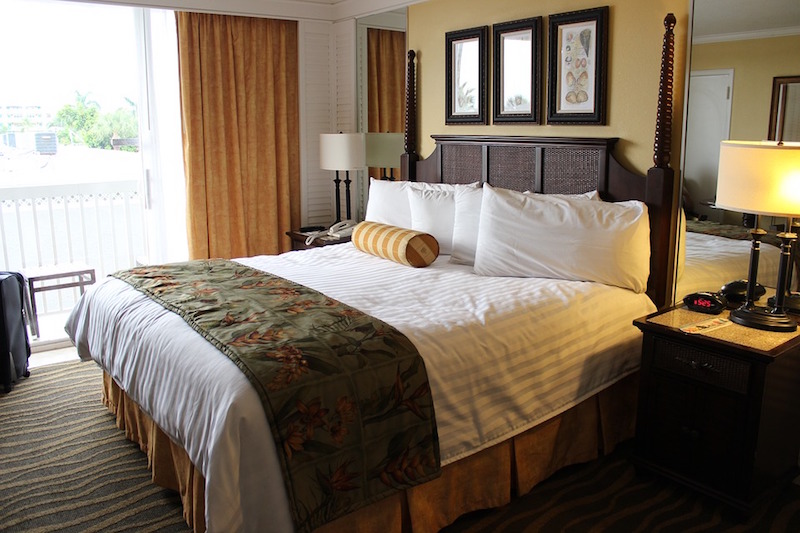Since entering the hospitality scene in 2008, Airbnb has evolved from a trendy upstart to a full-on disruptor. The online marketplace now enables people to list, discover, and book accommodations in nearly 200 countries around the world.
This new kid on the hospitality block is actually an extension of a long-standing tradition of lodging alternatives that range from renting villas in Italy to choosing timeshare properties in Florida.
“Airbnb is taking what has always been out there, localizing it, and bringing properties together in a way that provides a streamlined alternative for travelers,” says Nunzio DeSantis, FAIA, LEED AP, Director of the HKS Hospitality Group in Dallas.
Though Airbnb’s home-sharing units represent less than 3% of revenue in the overall hotel industry, the online marketplace continues to grow exponentially each year. And the hospitality industry can’t help but take notice.
“As in any industry, choice often compels people to make changes and to stop taking things for granted,” says Keith Simmel, AIA, LEED AP, Principal of the Hospitality Studio at Cooper Carry in Atlanta. “If Airbnb helps hotel brands to up their game and make decisions that help people land at their properties, then it’s ultimately good for the overall industry.”
No doubt, Airbnb—and the numerous variations it has spawned—is well positioned to attract future generations of business and leisure travelers.
“People are willing to embrace the messiness of an Airbnb because they’re getting a more flexible, locally relevant experience,” says Caleb Mulvena, Principal at Mapos in New York. “If the larger hotel players can tap into that sense of messiness and adventure, but layer on a level of service that you don’t necessarily get with Airbnb, that will be something that’s really powerful.”
Related Stories
| Dec 10, 2013
Modular Pedia-Pod: Sustainability in healthcare construction [slideshow]
Greenbuild 2013 in Philadelphia was the site of a unique display—Pedia-Pod, a modular pediatric treatment room designed and built by NRB, in collaboration with the editors of Building Design+Construction, SGC Horizon LLC, and their team of medical design consultants.
| Dec 3, 2013
Creating a healthcare capital project plan: The truth behind the numbers
When setting up a capital project plan, it's one thing to have the data, but quite another to have the knowledge of the process.
| Nov 27, 2013
Pediatric hospitals improve care with flexible, age-sensitive design
Pediatric hospitals face many of the same concerns as their adult counterparts. Inpatient bed demand is declining, outpatient visits are soaring, and there is a higher level of focus on prevention and reduced readmissions.
| Nov 27, 2013
Exclusive survey: Revenues increased at nearly half of AEC firms in 2013
Forty-six percent of the respondents to an exclusive BD+C survey of AEC professionals reported that revenues had increased this year compared to 2012, with another 24.2% saying cash flow had stayed the same.
| Nov 27, 2013
Wonder walls: 13 choices for the building envelope
BD+C editors present a roundup of the latest technologies and applications in exterior wall systems, from a tapered metal wall installation in Oklahoma to a textured precast concrete solution in North Carolina.
| Nov 26, 2013
Construction costs rise for 22nd straight month in November
Construction costs in North America rose for the 22nd consecutive month in November as labor costs continued to increase, amid growing industry concern over the tight availability of skilled workers.
| Nov 25, 2013
Building Teams need to help owners avoid 'operational stray'
"Operational stray" occurs when a building’s MEP systems don’t work the way they should. Even the most well-designed and constructed building can stray from perfection—and that can cost the owner a ton in unnecessary utility costs. But help is on the way.
| Nov 19, 2013
Pediatric design in an adult hospital setting
Freestanding pediatric facilities have operational and physical characteristics that differ from those of adult facilities.
| Nov 19, 2013
Top 10 green building products for 2014
Assa Abloy's power-over-ethernet access-control locks and Schüco's retrofit façade system are among the products to make BuildingGreen Inc.'s annual Top-10 Green Building Products list.
| Nov 18, 2013
6 checkpoints when designing a pediatric healthcare unit
As more time and money is devoted to neonatal and pediatric research, evidence-based design is playing an increasingly crucial role in the development of healthcare facilities for children. Here are six important factors AEC firms should consider when designing pediatric healthcare facilities.

















